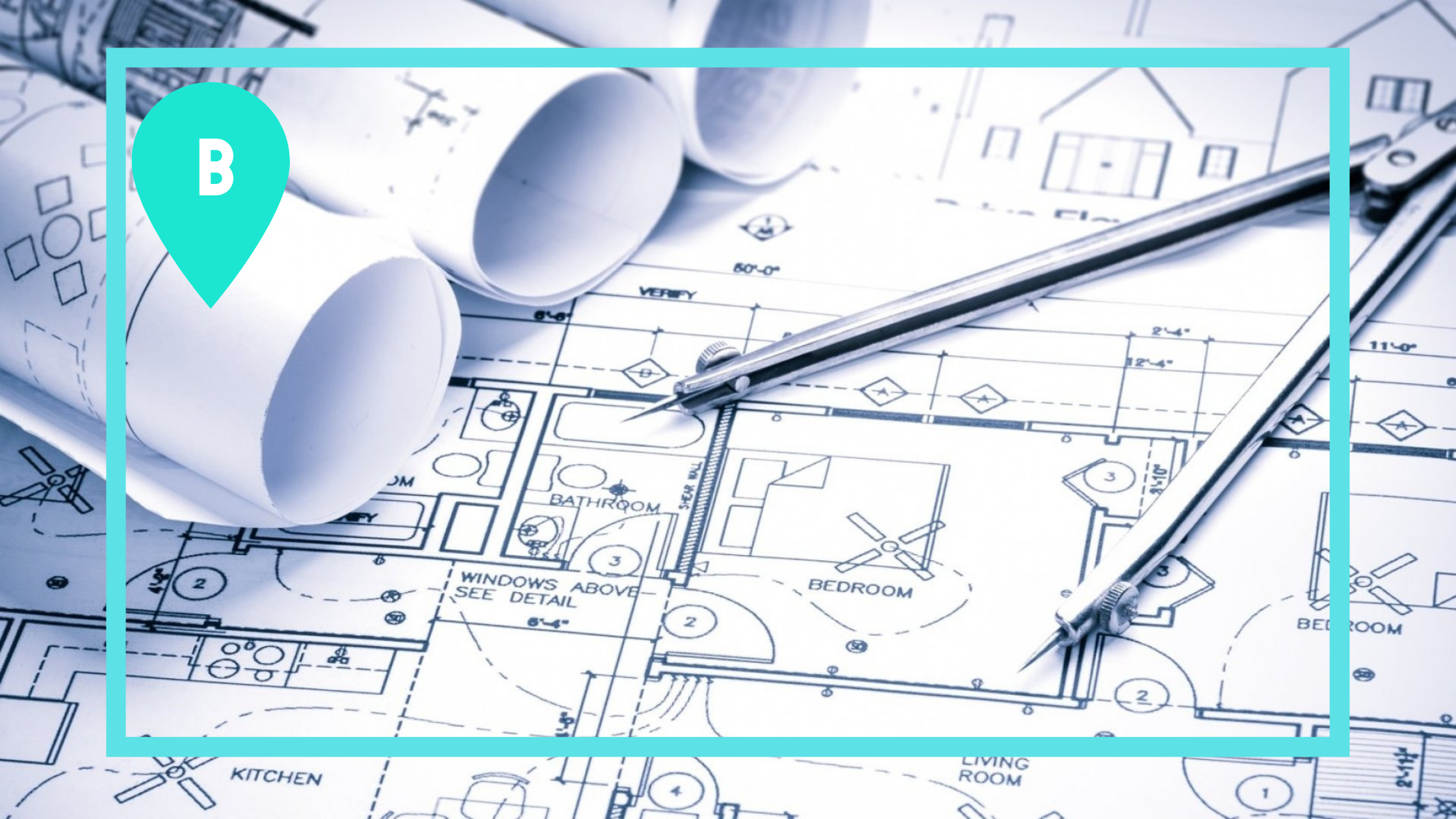When it comes to interior design ideas, it’s common for homeowners to focus on the walls and floor and forget about the ceiling. However, this is a missed opportunity as with the right design ideas, your ceiling can transform from being purely functional to being the focal point of the room. Let’s take a look at ways to improve your fifth wall by examining a range of ceiling design ideas.

Why is ceiling design an important part of your interior design scheme?
Ceilings are often thought of as purely functional features in a house, however, this mindset leads to missed opportunities when it comes to design. The ceiling is often referred to as the fifth wall of a room and the right choice of design can really tie the room together. Thinking of the ceiling as another wall helps drive home the impact your ceiling design has on overall aesthetics and the ambience of your home.
With all that in mind, let’s take a look at some of the most popular ceiling design ideas in Aussie homes.

Tray Ceilings
A tray ceiling is an inverted design, where a section of your ceiling is several inches higher than the rest of the ceiling. Some stylistic choices include painting the trims in an accent colour and incorporating hidden tube lighting. They can sometimes go by other names including inverted ceilings or recessed ceilings depending on who you’re dealing with. Though considered a little dated by some, a tray ceiling can still be an excellent design choice when done right.
Tray ceilings work best in larger rooms with high ceilings. Too small of a room or too low of a ceiling will compromise the impressive, striking visual you’re trying to achieve with this design. In the right room, it can turn a boring ceiling into a focal point.

Coffered Ceilings
A classic design that dates back to ancient Greece, coffered ceiling design ideas feature inverted ceiling panels in a grid-like pattern. These can be rectangular, square or cube-shaped. The word coffer in fact means indentation. You may be thinking this sounds awfully similar to a tray ceiling (see above), but the key difference is that a coffered ceiling has multiple inverted parts in a pattern, whereas a tray ceiling has a single inverted section. Same principle but a different outcome.
Ideal for spacious living rooms or other large rooms that will provide enough area for the grid pattern to work. Coffered ceilings used to be associated with more traditional home designs, they’ve given a modern touch to suit. When done well, it provides a luxurious, textured ceiling design that can serve as the focal point of the room. Best suited for larger rooms, like a living room or a dining room.

Vaulted Ceilings
A vaulted ceiling refers to any ceiling design that angles up towards the roof to create a higher ceiling than average. Some common examples of vaulted ceiling designs include arched, barrel, cathedral, domed and ribbed. Each of these has distinct characteristics but all fall under the category of vaulted ceiling design.
Vaulted ceilings have a very distinct look and are one of the more divisive ceiling ideas out there. Lovers of the design think it makes a room feel grand and lofty. Haters feel it is outdated. Not everyone is going to have the same taste, but the strong reaction could limit the potential resale market.

Beam Ceilings
A beam ceiling design allows the wood beams and joints to be exposed. Beam ceilings add a visual flair and a distinct style to your home. Fantastic for farmhouse designs or those looking to give their home a stripped-back, rustic style to their home. Like many traditional touches, many modern design ideas incorporate exposed beams in their layout.

What are the key benefits?
- Add a distinct character to a new home
- Makes the room feel larger and taller
- Can have acoustic benefits
- Maximises natural lights and the benefits that come with this.
Suspended ceiling
Sometimes called a false ceiling, drop ceiling, or grid ceiling, a suspended ceiling is a type of ceiling panelling that hangs suspended beneath the actual ceiling. Beyond aesthetics, false ceiling design ideas have the practical benefit of helping hide loose wires, pipes and ductwork.
This is another ceiling design that works best in a larger room and, more than most other ceiling design ideas really needs a room with a high ceiling to work. If you already have a low ceiling, this design really isn’t for you. However, if the dimensions of your room are adequate, this can be a nice addition that serves both an aesthetic and functional purpose.

Painted ceiling designs
The colour you paint your ceiling can have a variety of effects on the overall feel of the room. Painting the whole room the same colour creates unity but can be a little dull. A ceiling pattern or painted in a different colour to the walls can create a nice contrast that actually brings the whole room together. It can also clash in all the wrong ways.


Dark Living Room Ceiling Designs
A dark ceiling design is any ceiling that is a darker colour than its surrounding walls. It’s a gamble, most ceilings are either the same colour as the walls or lighter, but when it comes off, it can add a dramatic look to your house design.
The Key Features?
- Tends to make the ceiling feel lower, which can create a cosy feel.
- Can make a room feel cramped.

Ceiling Materials
There are a wide range of materials to build a ceiling from, including:
- Wood
- Gypsum and Drywall
- Ceiling Tiles
- Steel

The Latest in Ceiling Design Trends
Geometric ceiling patterns
Geometric patterns give your ceiling a unique look and will help your house make a statement. Especially great in modern homes. This is a very bold style and won’t suit every home layout, so it’s best to talk to your builder or designer before going ahead with it.

Sustainable Materials
With the environmental issues and high energy bills we have to deal with these days, more homeowners are turning to eco-friendly options for their new homes. For ceilings, this includes insulation choices and using recycled materials.

How to add lighting as part of your ceiling design
Recessed Lighting
Recessed lighting is fixtures that are installed into the ceiling itself. Great for subtle lighting and ambience, they’re also a solution if you’re low on vertical space. Recessed lighting can work as a means of highlighting architectural features, such as your lovely new ceiling design.

Pendant Lights and Chandeliers
Pendant lights and chandeliers are both light fixtures that hang from the ceiling. The difference is as simple as a chandelier features multiple bulbs whereas a pendant only features one. Both styles of light place as much stock in making a statement as function, and can be a stylish addition to your home.
A key consideration for either of these light fixture designs is you’ll need enough ceiling space to accommodate them (and to avoid smacking your head).


Statement Lighting Fixtures
A statement lighting is any light fixture that serves to make a visual impact on a room. While these also serve a functional purpose, they have a particular focus on aesthetics. Statement lighting can include anything from lamps to the previously mentioned chandlers (perhaps the ultimate statement lighting).

Cove Lighting
Cove lighting is indirect lighting built into the ledges, valances and high walls. The aim is to direct light towards the ceiling and the adjacent walls. Great for a certain aesthetic appeal.

Key Considerations and tips when creating the perfect ceiling design for your home build interiors
Practical Considerations for Ceiling Design
- Ceiling Height and Room Size.
- Adapting Designs to Space Constraints.
- Creating Cohesiveness Throughout the Home.
- Climate Considerations.
- Insulation for Energy Efficiency.

How much will a unique ceiling design cost?
The more elaborate your ceiling design ideas, the more it will cost to build and install. Any work that requires a custom builder will also add to your price. Without knowing the specific design of your project, it’s difficult to predict an exact price without having the details of the project. However, the following provides an idea of the factors that will influence your ceiling price:
- Material costs
- Size of room and
- Choice of design
- Labor and Installation Expenses
- Your choice of builder
- Your location
- Any complications, or delays with material.



0 Comments